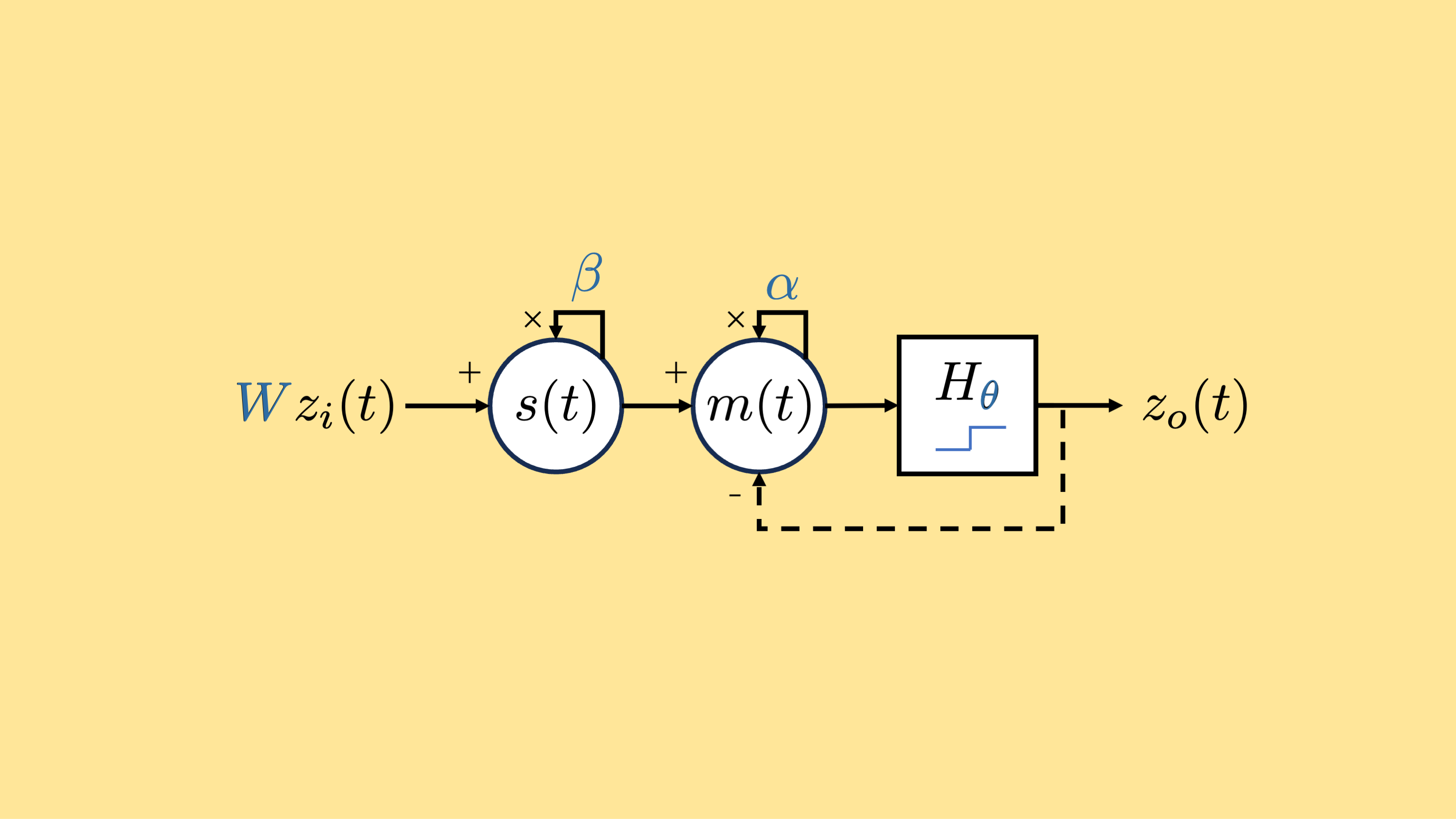Machine Learning with SNNs for low-power inference
Presentation at UWA
3rd May, 2024LIF neuron model

LIF neuron model
AI is extremely power-hungry. But brain-inspired computing units can perform machine learning inference at sub-milliWatt power. Learn about low-power computing architectures from SynSense, which use quantised spiking neurons for ML inference. I presented this slide deck at the UWA Computer Science seminar in Perth.



